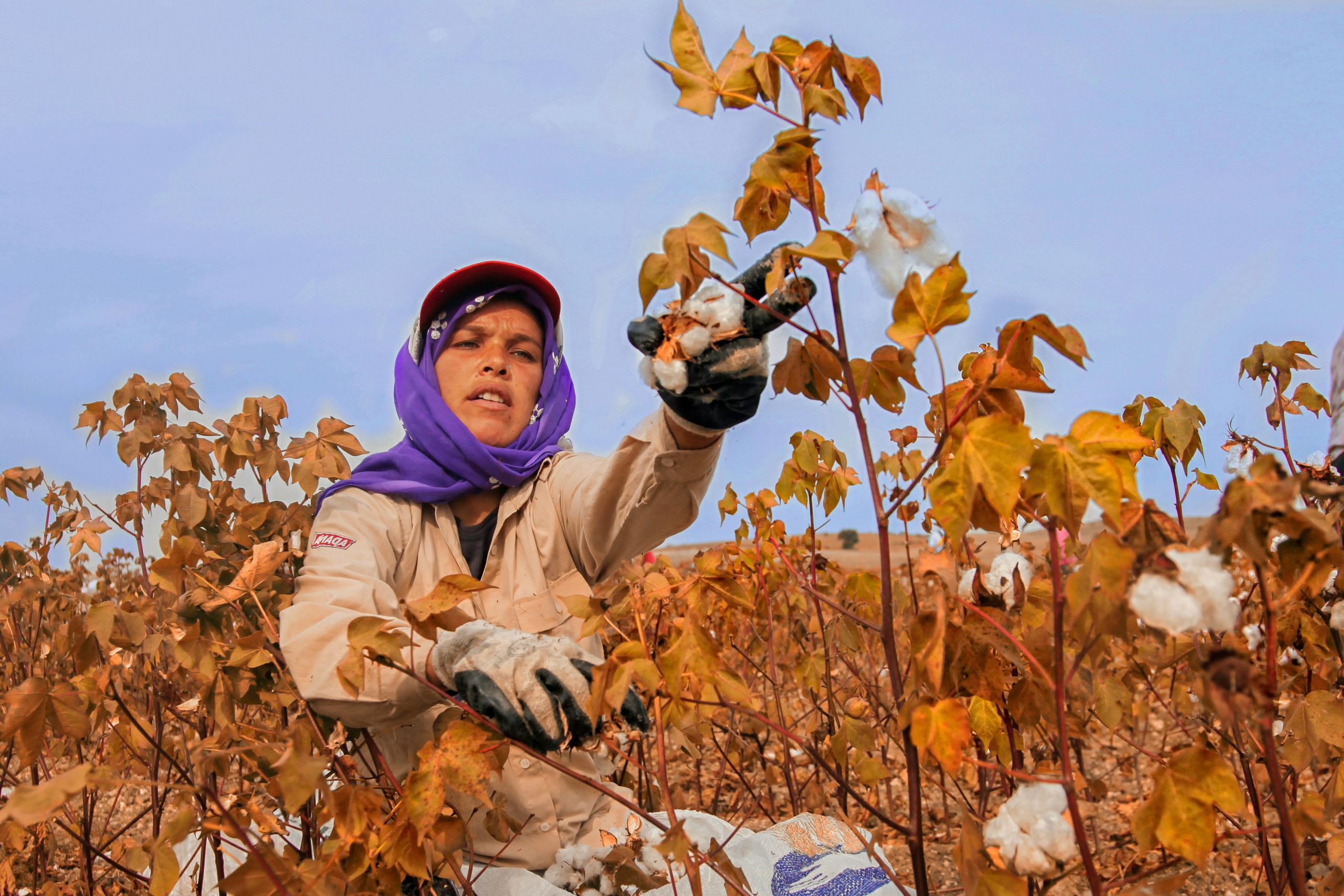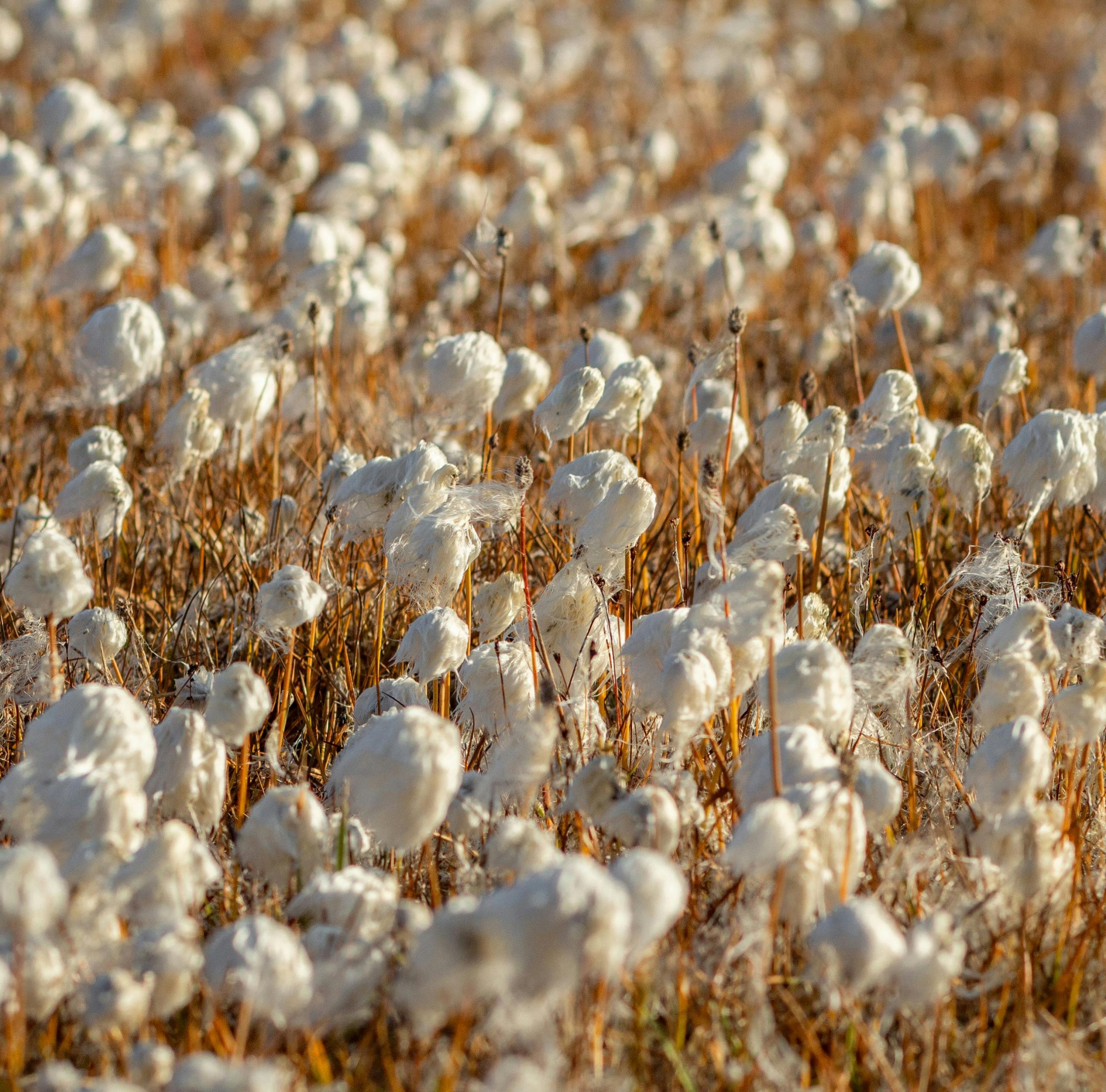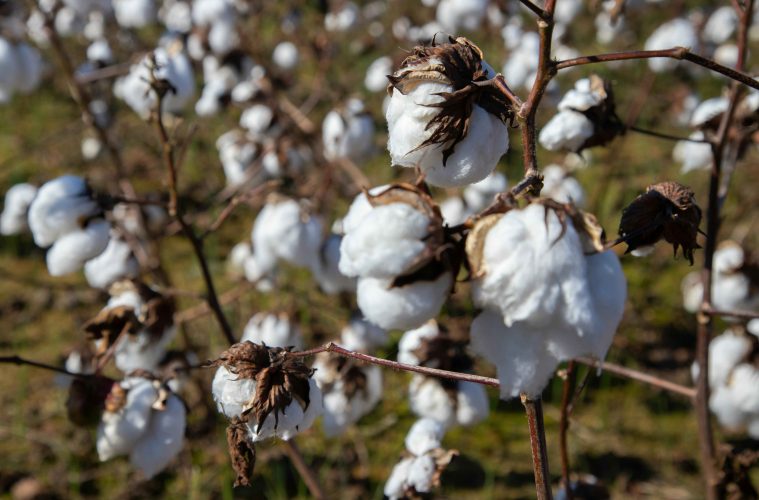Cotton has been widely cultivated for many years worldwide. Despite the surging demand for it, cotton growing remains suboptimal and resource-intensive, especially given the large amounts of water and pesticides involved. Here’s how to cultivate cotton.
When and how to grow cotton
Cotton grows best in warm to moderately warm regions. The optimal time for planting cotton is during the warmer months, typically starting in late spring, depending on the local climate. The success of cotton cultivation largely depends on weather conditions and soil quality to achieve optimal production outcomes. Cotton can grow in almost any type of soil, provided that it drains well.
The soil must contain organic matter and sufficient levels of nitrogen and phosphorus to support the plant’s growth. Loamy soils are high in calcium carbonate, typically producing more bountiful fruits on the plants. With ample sunlight and good amounts of rain, your cotton plant will grow fluffier bolls, making it easy to harvest.
Once the bolls are ripe, they will split to reveal small white balls, which are cotton. The raw product is known as seed cotton, which is ginned to separate the fibre from the seeds. The fibre is spun to make yarn and woven to make fabric.
With the right climate, good soil and the right amounts of water, you will harvest healthy, fluffy cotton bolls. Mature cotton plants are particularly sensitive to rain, making timely harvesting crucial for protecting the crop. Successfully harvesting cotton requires dry weather during the harvest season.

Image Credit: Pexels
Common uses for cotton
These plants possess several distinct uses that contribute to their popularity as a crop.
- Clothing: The crop is a common fixture in the textile industry as a result of its mass production, soft feel, durability, and absorbency.
- Cottonseed oil: Cottonseed is a byproduct of the cotton production process, and the seeds are used to manufacture cottonseed oil, which is used for salad dressing and other homely kitchen uses.
- Home décor: The plant is commonly used throughout the home for upholstery, curtains, rugs and pillows.

Image Credit: Pexels
ALSO SEE: HOW TO WARM THE SOIL FOR OPTIMAL SEED GERMINATION SUCCESS
Feature Image: Pexels

